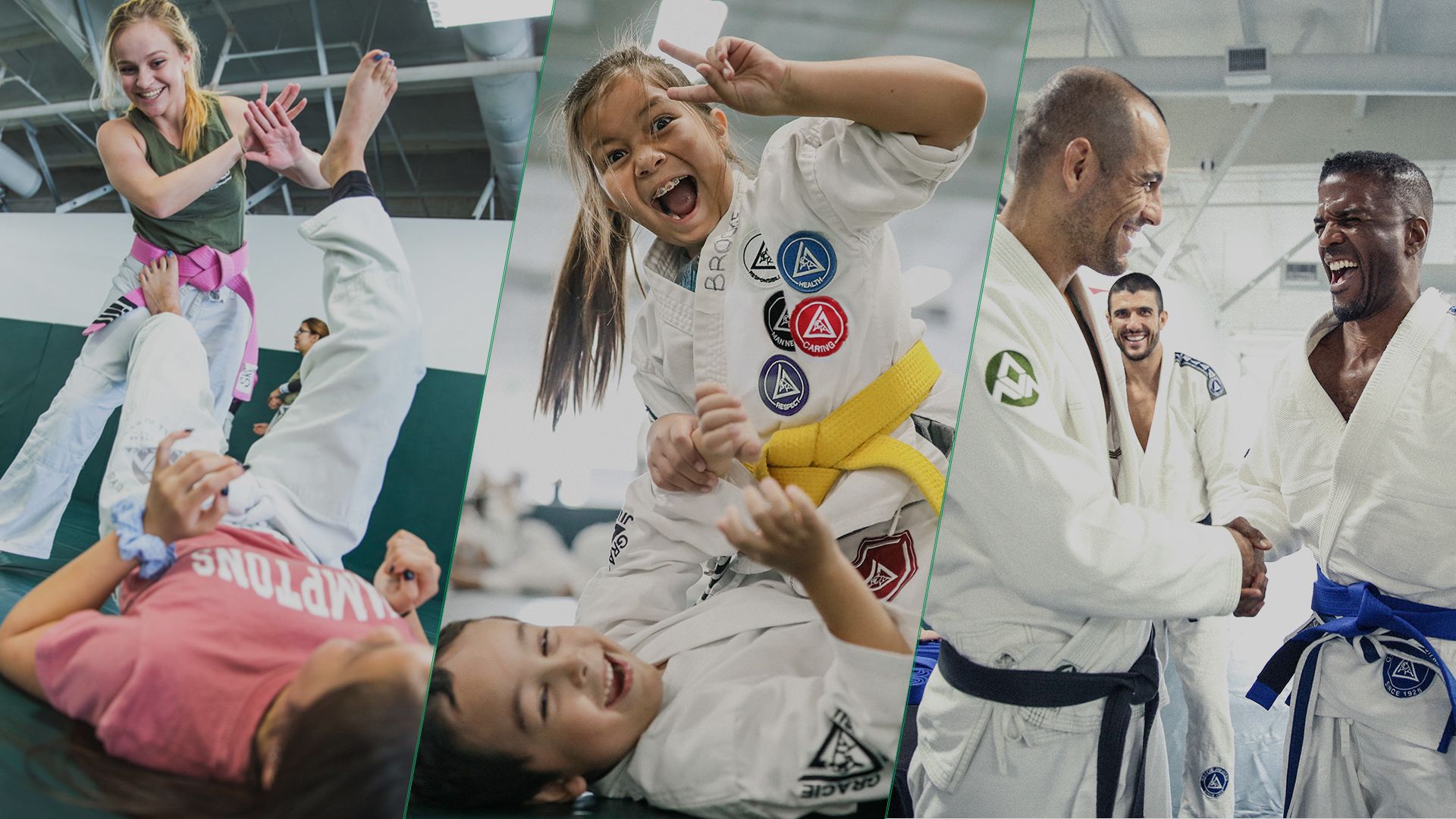Schedule
22
Mon
23
Tue
24
Wed
25
Thu
26
Fri
27
Sat
28
Sun
22
Mon
23
Tue
24
Wed
25
Thu
26
Fri
27
Sat
28
Sun
12:00am
1:00am
2:00am
3:00am
4:00am
5:00am
6:00am
7:00am
8:00am
9:00am
10:00am
11:00am
12:00pm
1:00pm
2:00pm
3:00pm
4:00pm
5:00pm
6:00pm
7:00pm
8:00pm
9:00pm
10:00pm
11:00pm
11:30am - 12:30pm
THTal Haugrud
Women Empowered
6 - 7pm
6:00pm - 7:00pm
THTal Haugrud
CGCrystal Greenwood
Tal, Crystal
Women Empowered
Gracie Combatives
7 - 8pm
7:00pm - 8:00pm
CGCrystal Greenwood
RDRueben Dreher
Crystal, Rueben
Gracie Combatives
Muay Thai JUNIOR
5:15 - 6pm
5:15pm - 6:00pm
SSSabrina Sanders
Muay Thai JUNIOR
Little Champs Jiu Jitsu
5:30 - 6:15pm
5:30pm - 6:15pm
THTal Haugrud
CGCrystal Greenwood
Tal, Crystal
Little Champs Jiu Jitsu
Muay Thai
6 - 7pm
6:00pm - 7:00pm
KGKelly Greenwood
Muay Thai
Jr Grapplers Jiu Jitsu
6:15 - 7:15pm
6:15pm - 7:15pm
THTal Haugrud
KGKyle Gryba
CGCrystal Greenwood
Tal, Kyle, Crystal
Jr Grapplers Jiu Jitsu
Muay Thai Sparring (INVITE)
7 - 7:30pm
7:00pm - 7:30pm
KGKelly Greenwood
Muay Thai Sparring (INVITE)
Gracie Combatives
7:15 - 8:15pm
7:15pm - 8:15pm
KGKyle Gryba
CGCrystal Greenwood
Kyle, Crystal
Gracie Combatives
Gracie Combatives
11:30am - 12:30pm
11:30am - 12:30pm
THTal Haugrud
Gracie Combatives
Tiny Cubs
5:30 - 6pm
5:30pm - 6:00pm
SSShawn Snyder
CGCrystal Greenwood
Shawn, Crystal
Tiny Cubs
Women Empowered
6 - 7pm
6:00pm - 7:00pm
THTal Haugrud
CGCrystal Greenwood
Tal, Crystal
Women Empowered
Pups Karate
6:15 - 7pm
6:15pm - 7:00pm
SSShawn Snyder
Pups Karate
Karate (Adult)
7 - 8pm
7:00pm - 8:00pm
SSShawn Snyder
Karate (Adult)
Muay Thai JUNIOR
5:15 - 6pm
5:15pm - 6:00pm
SSSabrina Sanders
Muay Thai JUNIOR
Little Champs Jiu Jitsu
5:30 - 6:15pm
5:30pm - 6:15pm
THTal Haugrud
CGCrystal Greenwood
RDRueben Dreher
Tal, Crystal, Rueben
Little Champs Jiu Jitsu
Muay Thai
6 - 7pm
6:00pm - 7:00pm
KGKelly Greenwood
Muay Thai
Master Cycle
8 - 9am
8:00am - 9:00am
THTal Haugrud
CGCrystal Greenwood
Tal, Crystal
Master Cycle
Fight Sim (INVITE)
9 - 9:30am
9:00am - 9:30am
THTal Haugrud
CGCrystal Greenwood
Tal, Crystal
Fight Sim (INVITE)
Jr Grapplers Jiu Jitsu
9:30 - 10:30am
9:30am - 10:30am
THTal Haugrud
CGCrystal Greenwood
Tal, Crystal
Jr Grapplers Jiu Jitsu
Saturday, December 27 ·
9:30am - 10:30am
Instructors:
 Tal Haugrud
Tal Haugrud
 Crystal Greenwood
Crystal Greenwood
Little Champs Jiu Jitsu
9:30 - 10:30am
9:30am - 10:30am
THTal Haugrud
CGCrystal Greenwood
Tal, Crystal
Little Champs Jiu Jitsu
Saturday, December 27 ·
9:30am - 10:30am
Instructors:
 Tal Haugrud
Tal Haugrud
 Crystal Greenwood
Crystal Greenwood
Muay Thai
10 - 11am
10:00am - 11:00am
KGKelly Greenwood
Muay Thai
Black Belt Club (INVITE)
10:30 - 11:30am
10:30am - 11:30am
THTal Haugrud
CGCrystal Greenwood
Tal, Crystal
Black Belt Club (INVITE)
Karate Tournament Class
11am - 12pm
11:00am - 12:00pm
SSShawn Snyder
Karate Tournament Class
Gracie Combatives
11:30am - 12:30pm
11:30am - 12:30pm
THTal Haugrud
CGCrystal Greenwood
Tal, Crystal
Gracie Combatives
No sessions found
Book Session
Booking Confirmed
Added to waitlist
Booking Confirmed
We look forward to seeing you soon!
Reminder to bring a water bottle, long hair tied back, comfy training clothes (no tank tops please)
Try to be there 10-15 Minutes PRIOR to your initial class start time.
Street Parking Only Please!
Please let us if you are not able to make your scheduled time.
Trials may cancel and reschedule
Private bookings require 24 hour notice for cancellation
~The Team at Okami Martial Arts
You are now on the waitlist. If a spot opens up we will notify you via Email.

